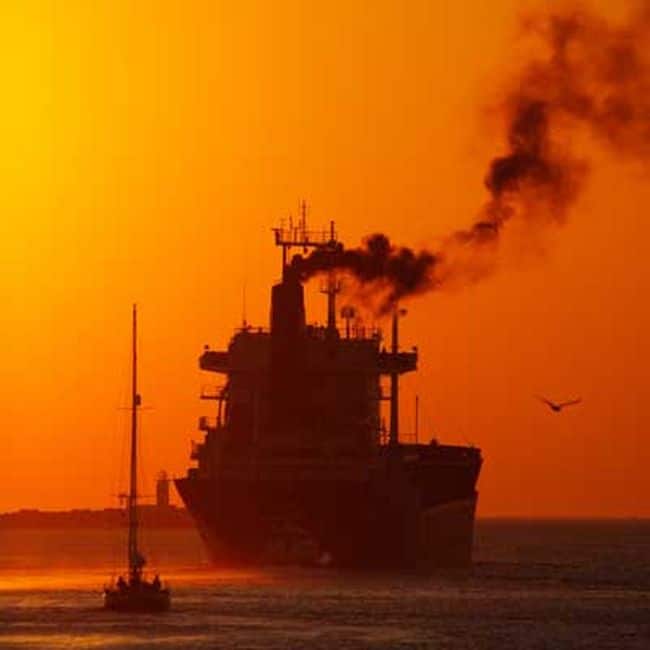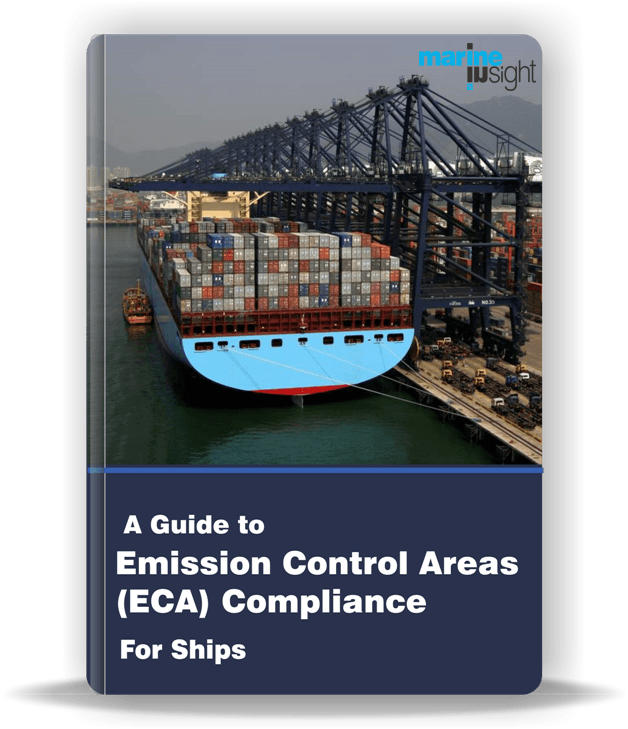

From 1st January 2015 new requirements for ships came into force in the Emission Control Areas (ECA) in North Europe (Including the Baltic Sea, North Sea and English Channel) and North America (200 nautical miles from American and Canadian shore). The regulation lowered the maximum allowed content of sulphur in fuel burned in the ECA’s to 0.1% sulphur from 1.0%.
Choosing the right investment towards compliance to 0.1% sulphur emissions have led to many debates in the industry. The ship owners are facing two major problems because of the new regulation – multiple options to comply with such as LSMGO, low sulphur fuel oil blends, HFO with scrubber, LNG, methanol, biofuels etc. and the need to balance long term and short term considerations of availability, risk, cost and payback of investment.


We asked Mr. Gianluca Marucci, Castrol Global Technical Services Director about what the industry needs to be aware of regarding associated implications of meeting ECA compliance effectively, including currently overlooked issues such as impact on lubrication usage with fuels such as MGO.
The interview highlights important points on how to maximise operational performance, prevent downtime and preserve engine wear, so that the operators can proactively address fuel and lubrication changes in tandem. Moreover, higher BN products on the market will compromise engine performance if used with distillates on a long term basis. Yet, with crews stretched, the temptation to stay with an existing lubricant could be high – lubricant manufacturers need to be hands on in helping operators and their crew to manage the transition.
Q. What are the prime areas ship owners need to focus on when complying with ECA 2015?
As of 1 January 2015, all vessels sailing in the Emission Control Areas of the Baltic Sea, the North Sea, English Channel, the waters off the US and Canadian coastlines and the US Caribbean Sea are now required to use fuel with a maximum sulphur content of just 0.1%, a significant reduction from the current ECA limit of 1%. The ECAs span 200 nautical miles from the respective coastlines.
In general, there are three potential compliance options for vessels operating in ECAs in the short to medium term: the use of scrubbing technologies, converting to use of liquefied natural gas (LNG) or burning Marine Gas Oil (MGO), a 0.1% sulphur fuel. There has been some uptake of scrubbers but to date this has been limited to operators of ships sailing predominantly in ECAs such as ferries and cruise ships due to the high costs of retrofitting vessels. LNG ticks the box in terms of emissions requirements but the distribution infrastructure is still in the early stages of development. Therefore, we believe that using 0.1% sulphur fuel is currently the most practical option.
To avoid adverse impacts on operational performance, downtime and engine wear, operators need to proactively address fuel and lubrication changes in tandem. In particular, commonly used higher BN products such as 70BN and 100BN may compromise engine performance if used with 0.1% sulphur fuel on a prolonged basis. This is because BN refers to alkalinity and, as sulphur is acidic, the less acidity there is in the fuel, the lower the level of alkalinity that is required in a lubricant. Yet, with crews stretched and skills gaps on-board, the temptation to stay with an existing lubricant could be high. This is why lubricant manufacturers need to be hands-on in helping operators and their crews to manage the transition to a lower BN lubricant. Our recommendation for the majority of vessels using 0.1% sulphur fuel is a 40BN lubricant with higher levels of dispersancy and detergency additives than in higher BN cylinder oils.
Q. ECA 2015 – how important it is for the commercial shipping and ship owners?
The response to the change in sulphur limit in ECAs will present a significant learning curve across the industry, spanning operational, financial and legal implications. Within this, lubricant manufacturers need to continue collaborating with OEMs and operators to gain a deeper understanding of how lubricants are performing with 0.1% sulphur fuels as their use becomes more widespread. Castrol has been looking at different technologies for use with 0.1% sulphur fuels as well as with LNG, and will be monitoring in-service performance with customers and OEMs regularly.
Q. How is Castrol helping shipping companies to comply with ECA 2015?
Over the course of the last few years, Castrol has invested significantly in exploring innovations to support the move towards using cleaner fuels.
Based on this, Castrol’s solution is Cyltech 40SX for use with fuels that have a sulphur content of below 1.5%, which also extends to fuels at <0.1% sulphur. The major OEMs are very familiar with the performance of Cyltech 40SX and they support our recommendation for this product for the vast majority of vessels that operate in ECA’s using <0.1% Sulphur fuel.
As marine gas oil (MGO) and LNG have not been widely used to date, we will continue to work with customers and OEMs over the course of this year and going forward, to build up further in-field experience and understanding of how different lubricants perform when used with these fuels for prolonged periods.
Q. With more ECAs coming up in future, what will you suggest to those ship owners who currently do not operate in ECAs?
Castrol’s technical services are integral to ensuring that ship operators select the right solution and get the maximum performance from their lubricants. Our team of skilled engineers provide support ranging from information and advice on relevant regulatory changes, advising on lubricant selection and application, using unique used oil analysis techniques to optimise lubricant feed rates to reduce costs and limit engine wear through to visiting vessels in person to trouble-shoot any issues. As operators manage the transition to using more 0.1% sulphur fuels, the support of our technical services team will be essential to ensuring that operations run as smoothly as possible.
More broadly, we envisage that environmental regulations, engine designs and market forces will continue to evolve. Castrol continues to invest in innovation to anticipate future trends and develop lubricant solutions that will help our customers to navigate change effectively.
2015 will present a big learning curve on all fronts associated with the ECAs; from operational to financial to compliance implications. Within this, lubricant manufacturers need to work closely with OEMS and operators to gain a deeper understanding on how lubricants are performing with distillates and the services required to assist vessels that are frequently operating within ECA waters. Castrol extensively helps its customer to plan and prepare for 2015 ECA requirements.
Have questions regarding ECA compliance for ships? Download our Ebook below Or ask us at the Forums.


Download The Marine Learners’s FREE eBook : A Guide to ECA Compliance For Ships + 4 FREE Bonuses










We believe that knowledge is power, and we’re committed to empowering our readers with the information and resources they need to succeed in the merchant navy industry.
Whether you’re looking for advice on career planning, news and analysis, or just want to connect with other aspiring merchant navy applicants, The Marine Learners is the place to be.